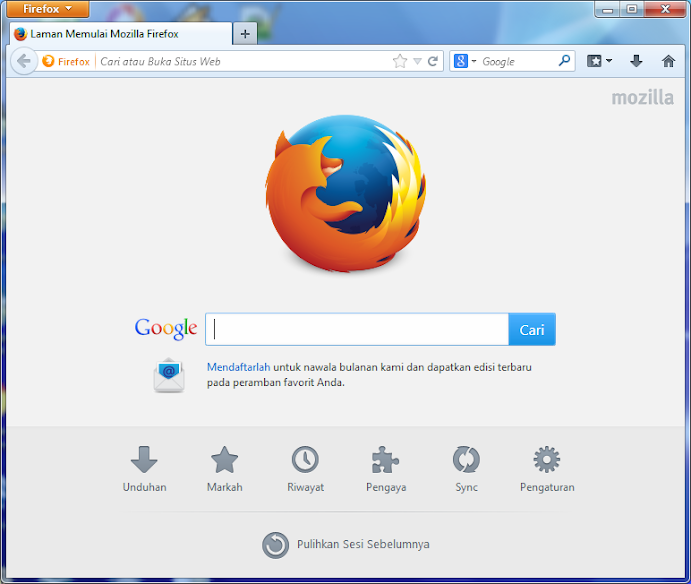

O Safeguard 9.2: Use DNS Filtering Services: Use DNS filtering services on all enterprise assets to block access to known malicious domains. Restrict use of certain websites, block downloads/attachments, block Javascript, restrict browser extensions, etc. O Safeguard 9.1: Ensure Use of Only Fully Supported Browsers and Email Clients: Ensure only fully supported browsers and email clients are allowed to execute in the enterprise, only using the latest version of browsers and email clients provided through the vendor. O Safeguard 7.7: Remediate Detected Vulnerabilities: Remediate detected vulnerabilities in software through processes and tooling on a monthly, or more frequent, basis, based on the remediation process. O Safeguard 7.4: Perform Automated Application Patch Management: Perform application updates on enterprise assets through automated patch management on a monthly, or more frequent, basis. Review and update documentation annually, or when significant enterprise changes occur that could impact this Safeguard. O Safeguard 7.1: Establish and Maintain a Vulnerability Management Process: Establish and maintain a documented vulnerability management process for enterprise assets. We recommend the following actions be taken:Īpply appropriate updates provided by Mozilla to vulnerable systems immediately after appropriate testing. Users whose accounts are configured to have fewer user rights on the system could be less impacted than those who operate with administrative user rights. Depending on the privileges associated with the user an attacker could then install programs view, change, or delete data or create new accounts with full user rights. Successful exploitation of the most severe of these vulnerabilities could allow for arbitrary code execution in the context of the logged on user. CVE-2022-36319: Mouse Position spoofing with CSS transforms.CVE-2022-36318: Directory indexes for bundled resources reflected URL parameters.CVE-2022-36317: Long URL would hang Firefox for Android.CVE-2022-36316: Performance API leaked whether a cross-site resource is redirecting.CVE-2022-36315: Preload Cache Bypasses Subresource Integrity.lnk files could cause unexpected network loads CVE-2022-36320: Memory safety bugs fixed in Firefox 103ĭetails of lower-severity vulnerabilities are as follows:.CVE-2022-2505: Memory safety bugs fixed in Firefox 103 and 102.1.Details of these vulnerabilities are as follows: Multiple vulnerabilities have been discovered in Mozilla Firefox and Firefox Extended Support Release (ESR), the most severe of which could allow for arbitrary code execution.


 0 kommentar(er)
0 kommentar(er)
